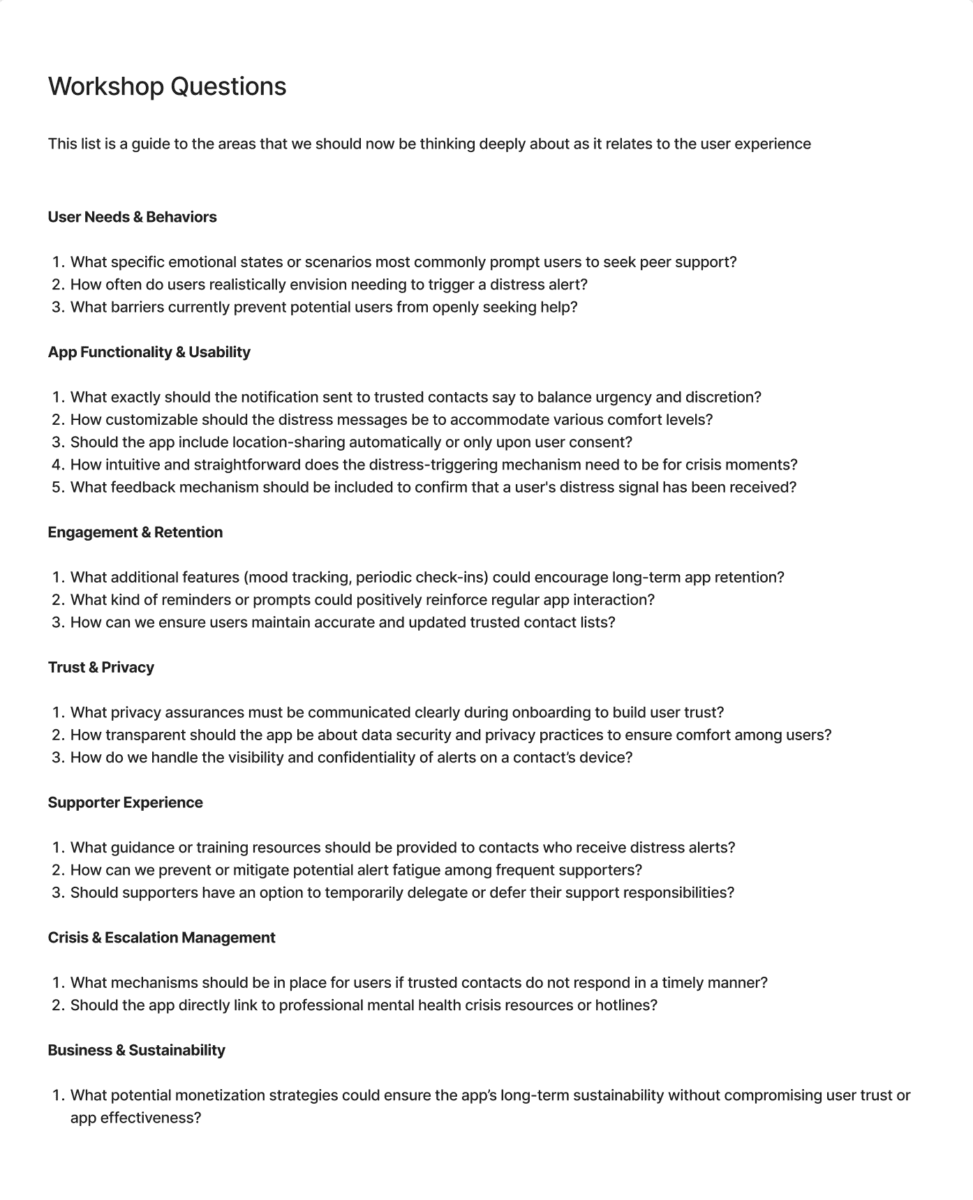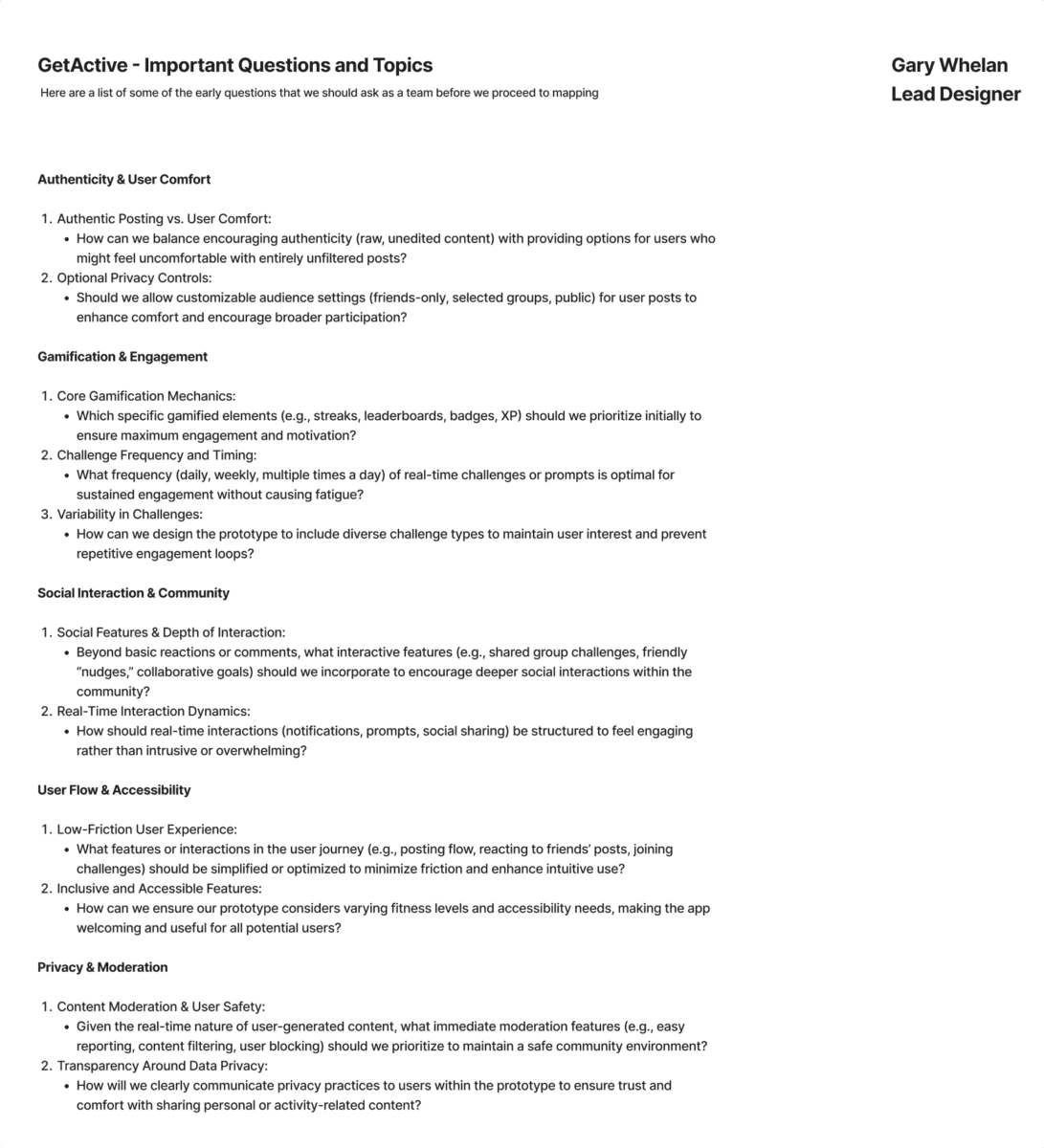Welcome to the first week of this new blog.
I’ve been working in UX for over a decade now, and if there’s one thing I’ve learned, it’s this: most of the real work never makes it into the portfolio. Maybe there’s a persona or a flow diagram tossed in to tick the right boxes. But the real substance — the messy middle where the product actually takes shape — that stuff usually vanishes into thin air, never to be seen again.
Even more so, the work that I do as a lead product designer involves so many more tasks than product builds. From refining company processes, to constant collaboration with engineering teams and building estimates for new projects – so much of the work that we do goes uncredited.
This blog is my way of changing that.
Each week, I’ll give you an inside look at the day-to-day reality of running live product builds from the ground up. You’ll see the decisions, the trade-offs, the back-and-forth with clients, the sketches that work and the ones that don’t.
It’s all here — I am doing two very different projects right now and they are running in parallel (HYD and GetActive). Plus of course, all of the other things that crop up during a typical week in my role as lead product designer and CXO. It is not ideal to start new new projects from scratch on the same week, but when it happens you just need to plan/organise in even more detail.
It won’t be a highlight reel. I will refrain from going into granular levels of detail to keep it readable. I may do a longer version at a later point. Some weeks will feel slower, others chaotic. But if you’ve ever wanted to see what it actually looks like to lead design on real products — this is it.
Let’s begin.
Monday – Two Kickoffs in One Day
Monday was all about setting the stage.
HYD Kickoff
The HYD client came to me with a simple concept: an app that lets users suffering from mental health problems to find comfort during moments of extreme distress. This project has been conceived by a team who work directly with many suffering from mental health problems and they see this as a tool of preventative care, a way of helping those before they reach the latter stages of these illnesses.
The main concept being the connection that these users have to those closest to them. But even during the kickoff call, it became clear there was room to think bigger, to see this as an opportunity to build a multi-faceted tool that can help users at varying level of depression.
I used the session to dig deeper into their motivations and their audience’s realities:
- Who are the users?
- What kinds of distress are we talking about?
- Where could this product sit in their broader digital wellbeing ecosystem?
By the end of the call, I felt confident this could evolve into something far more holistic — a tool not just for emergencies, but for recognising and supporting early distress signals before they escalate. Here is the document I shared with the clients to guide the discussion.

GetActive Kickoff
The GetActive team came with a different kind of challenge. Their goal: help people build lasting habits around physical activity. They already had a long list of potential features — intention setting, competitive scoring, rewards, social challenges. But lots of big questions were still unanswered:
- What actually motivates people to stay active?
- How do we avoid adding guilt and pressure?
- How can we balance competition with community?
I left the session energised but mindful: this project has behavioural psychology baked into it from day one.

Tuesday – Framing the Unknowns
Tuesday was about digesting every piece of information and documentation that both teams had to this point to allow me to understand where their thinking came from and how it evolved.
This will help me plan and to zero in on the necessary research that I will get into in the coming days.
For HYD, I started sketching early scenarios of use:
- Is this purely a reactive tool for crises?
- Could we proactively surface support before distress peaks?
- Should we consider tying into screen time or doomscrolling triggers?
None of this was about locking things down — it was about surfacing assumptions early so that research could prove or disprove them.
On the GetActive side, I clustered their feature wishlist into problem spaces:
- Motivation: Why people get started.
- Tracking: How they measure success.
- Community: Whether support systems help or hinder.
- Rewards: Where positive reinforcement fits in.
These clusters will shape our discovery research and upcoming workshops. By the end of the day, I felt we had clearer priorities without losing the creative possibilities.
Wednesday – Habit Science and Flows
Wednesday leaned heavier on GetActive. I spent the morning deep-diving into the science of habit formation and cross-referencing it against their goals:
- Habits stick better when you start with intention-setting — users need to know their “why.”
- Small, consistent streaks beat ambitious, long-term goals every time.
- Gamification works only when it feels supportive, not shaming.
In the afternoon, I whiteboarded some very early ideas just as an exercise to begin that immersion into this product, many unsuitable ideas and some good. The important part was to find a base level to then begin deep research from.
- Onboarding that focuses on motivation over metrics.
- Habit loops that celebrate micro-wins.
- Progress feedback that encourages, rather than punishes.
These sketches aren’t for presentation yet — they’re a thinking tool. But they’ll help test early assumptions with the client next week.
Thursday – HYD Gets Personal
Thursday was dedicated to HYD’s discovery phase. This project touches on sensitive emotional territory, so I spent time carefully creating questions that have to be asked at this stage:
- How might we detect early signs of distress without being invasive?
- Where’s the line between helpful nudges and unwanted intrusion?
- Could we surface supportive content that feels natural rather than clinical?
I also began planning our user research framework for next week:
- Deep diving into mental health and phone usage
- Surveys on coping strategies and perceived safety.
- A literature review on digital distress patterns.
This day set the foundation for a much deeper behavioural understanding we’ll need before we start any actual design work.
Friday – Alignment and Next Steps
Friday was all about pulling threads together:
- Shared early hypotheses and thinking with both sets of stakeholders.
- Secured buy-in on research plans for the coming weeks.
- Scheduled workshops to dive into motivation, emotional triggers, and potential flows.
By the end of the day, I felt we’d laid a solid foundation without rushing into solutions. Next week will be about testing these ideas against reality.
Elsewhere This Week…
While juggling these two projects, I also:
- Provided an estimate for a potential AI productivity tool. This involved immersing myself in that space to truly understand the effort that may be required. Ironically utilising AI now allows me to do this faster and with more accuracy.
- Joined a fintech client standup to help unblock a UX snag.
- Ran a rapid UX audit for a healthcare client expanding into a new market.
Looking Ahead
Next week, the real work begins, deep diving into research
- For HYD, we’ll dive into emotional triggers and distress patterns.
- For GetActive, we’ll explore habit loops and motivational psychology.
This is where early ideas turn into validated insights — and where the concepts really start to take shape.
